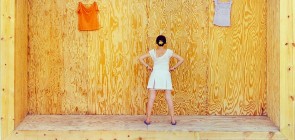Who knew so much fun could be had with airplane parts? They're cropping up as furniture, sculptures - even bathroom fixtures.
It's fitting that, in a city with close connections to flight, airplanes are sneaking into the design world. Airplane parts as furniture, fixtures and sculpture that is.
Mention Tucson and you'll hear the names Howard Hughes and Bombardier. There's the Pima Air and Space Museum, Davis Monthan Air Base, not to mention an airplane boneyard currently being celebrated by artist Eric Firestone.
Tucson architects and designers are, quite rightly, celebrating the city's aviation links, working airplane parts into their own projects, and with stunning results.
Architect/builder Ron Fridlind is all about salvaging. And when it comes to the remodel of his midtown home, his favorite material by far is metal. Fridland is something of a human magpie, trawling junk yards and finding unique purposes for the pieces.
When he spotted a GE engine of a military jet at a Tucson salvage yard (now closed), he bought half of it for $200. He then installed it in his guest bathroom to form the ceiling of the shower. The 3ft by 3ft nickel alloy piece - so thick that you have to use a special torch to get through it - juts out of the roof of Ron's house. He built a special skylight to accommodate it.
The large shower head is attached by special hangers, and the plumbing fed through it via a torched hole. "This is the part of the engine that burned the kerosene or jet fuel. It's all hand-made and hand welded. These engines are worth a couple hundred thousand dollars. When I shower under it I think 'Wow'," he says.
Ron used some jet engine cowling as the outer part of the shower head. Metal sheets curve around to form a cylindrical shower wall, and saguaro ribs are used as a handle.
He has also used airplane steps outside his Japanese soaking tub, or ofuru. And he is working to use aircraft tail wings to create counters in a 1948 Airstream trailer he is refurbishing.
Scott Baker, a furniture and interior designer, and a partner in the Tucson firm Baker + Hesseldenz, has used aircraft parts in two pieces of furniture. Just don't ask him what they are.
He favors aircraft parts because they are primarily aluminum, making them lightweight and therefore easy to use. But, like Ron, he also likes their quality. "They are always very well made. I like the precision milled look that they have."

Emma wall shelf, $2400.
Photo courtesy of Baker + Hesseldenz
For his 'Emma' wall shelf he used aluminum aircraft parts, mahogany and ebony.

Sophia cocktail table, $1200.
Photo courtesy of Baker + Hesseldenz
His 'Sophia' cocktail table is crafted of curly maple, glass, and aluminum aircraft parts.
Architect Rob Paulus has turned a jet engine cowling into a sculpture, and tourist attraction, in front of his Tucson offices. "People just walk in and take photos of each other next to it," he says. His daughter plays in it with her friends. And it's lit up at night, with an LED light that shines directly onto it, for added drama.
Rob picked the piece up at Aircraft Restoration & Marketing, a Tucson aircraft services firm that also sells parts, for $1200. "To have something that big and in such a perfect shape, to me that's a great deal. It's something specific to the southwest, which is a cool gesture to where we live," he says.
Restoration Hardware has got in on the aerodynamic trend, with furniture pieces "inspired by the gleaming nose cones and fuselages of mid-20th-century aircraft". They feature polished aluminum panels, exposed steel screws and rounded corners - although, unlike our own local artisans, RH doesn't use real aircraft parts.

Restoration Hardware's 1950s Spitfire Copenhagen Chair, $1375-$1975 at www.restorationhardware.com

Restoration Hardware's Blackhawk side table, $825-$1700 at www.restorationhardware.com
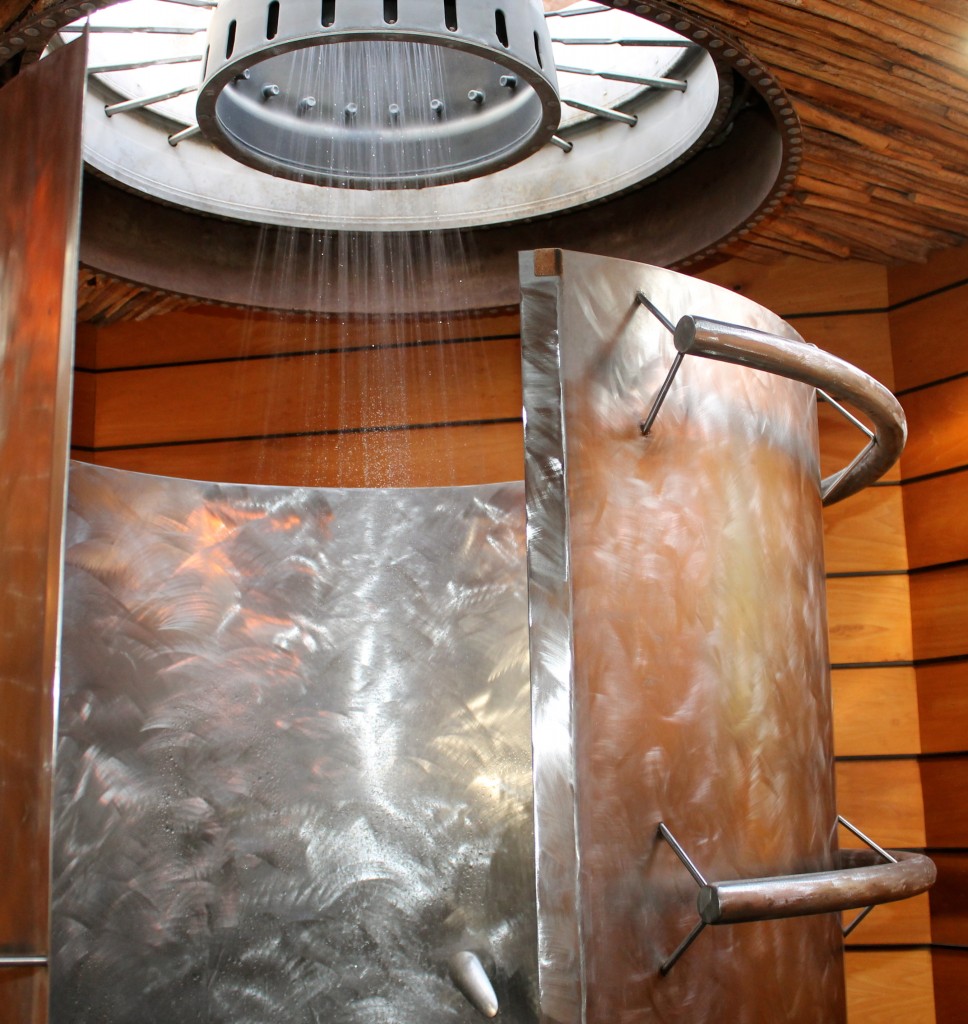
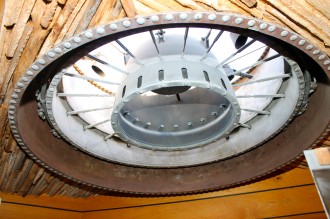

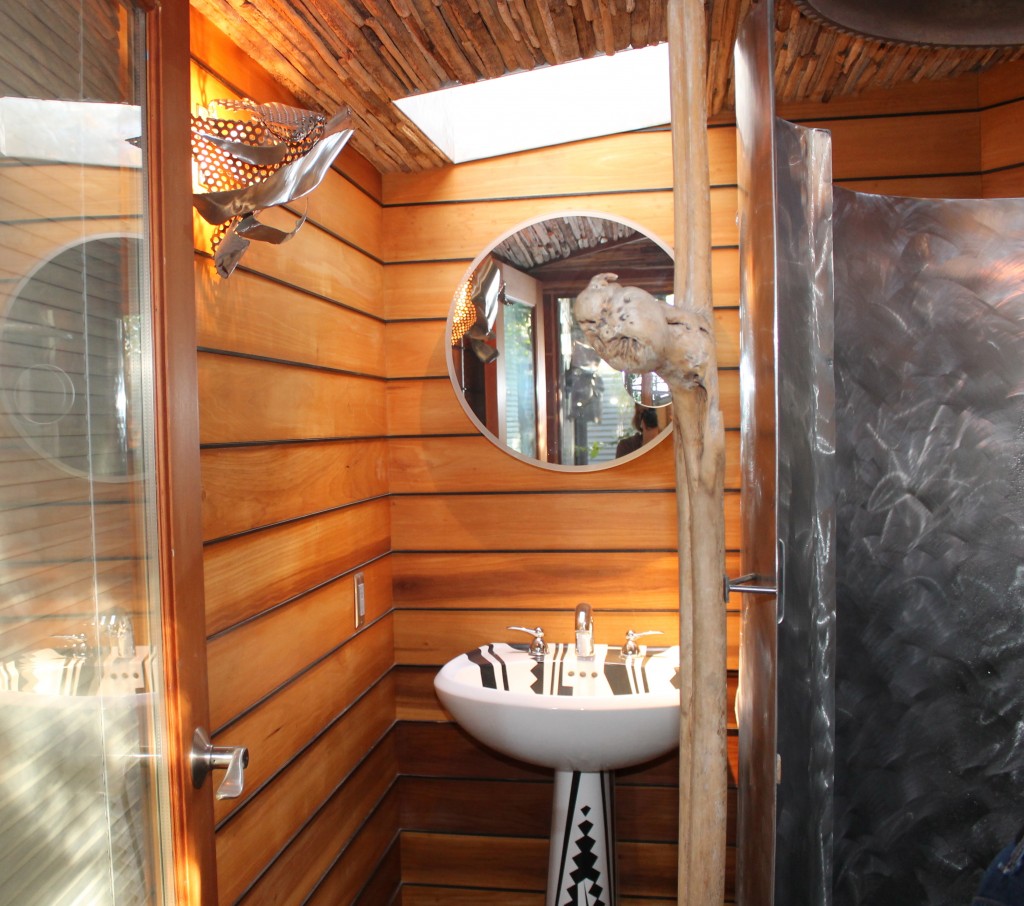
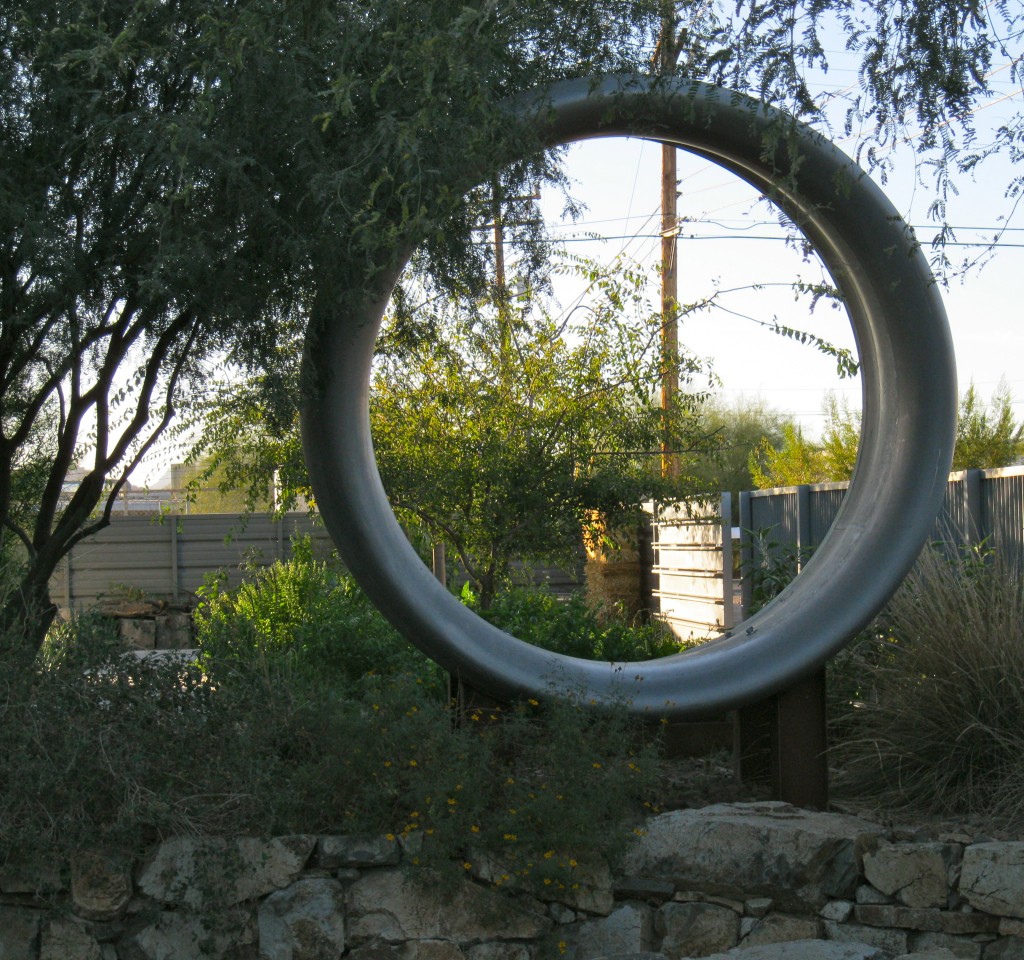









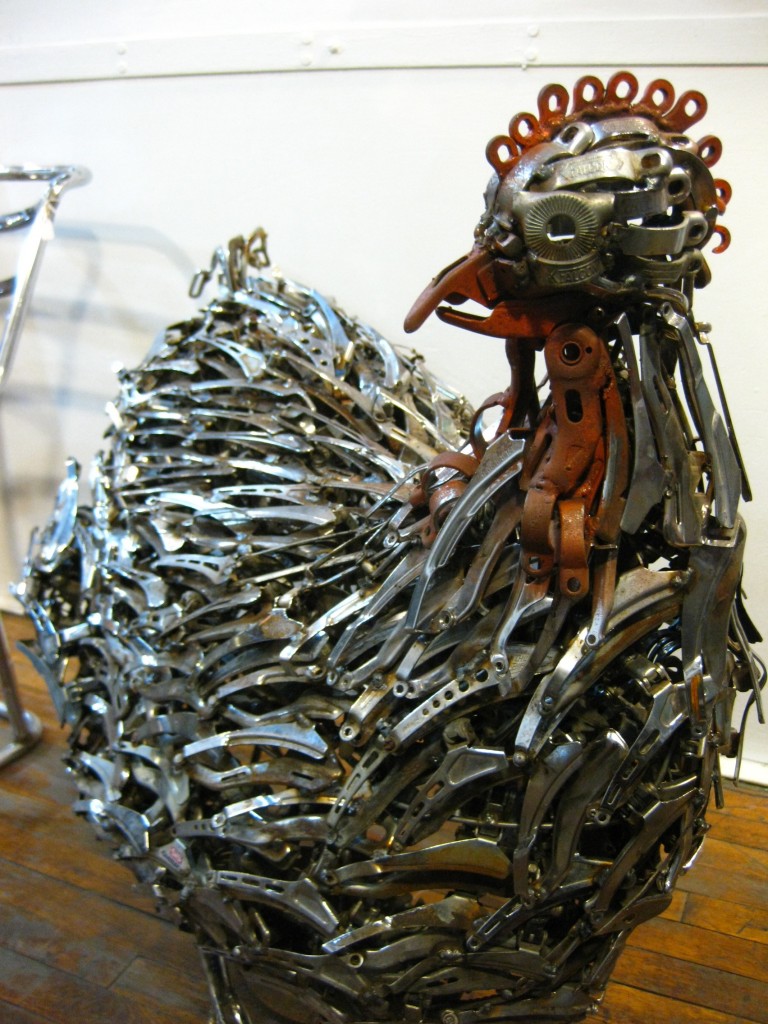
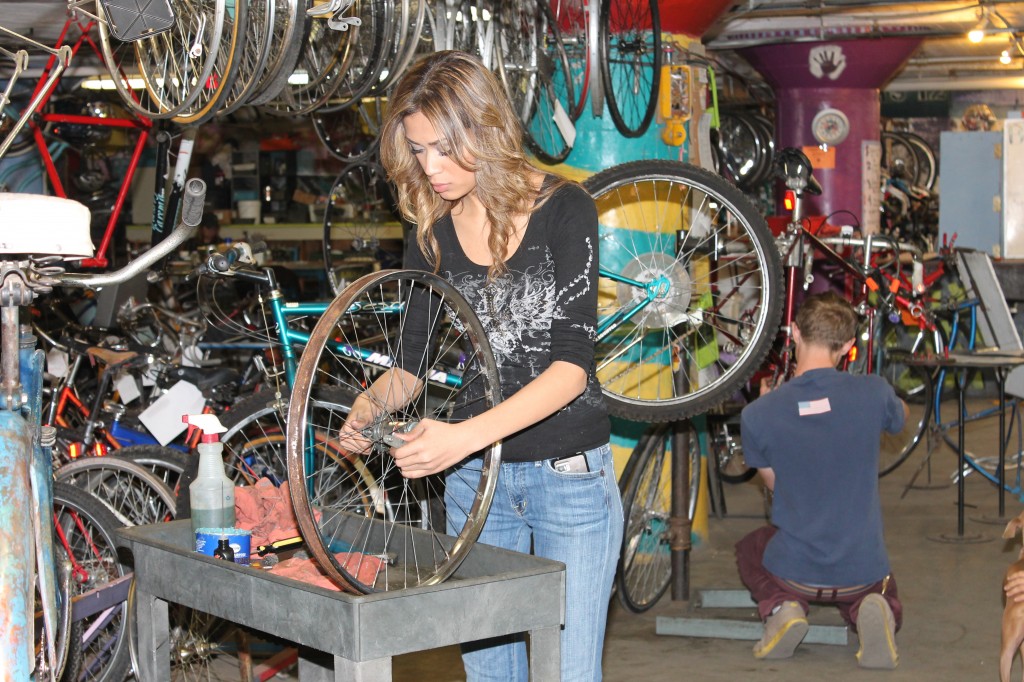

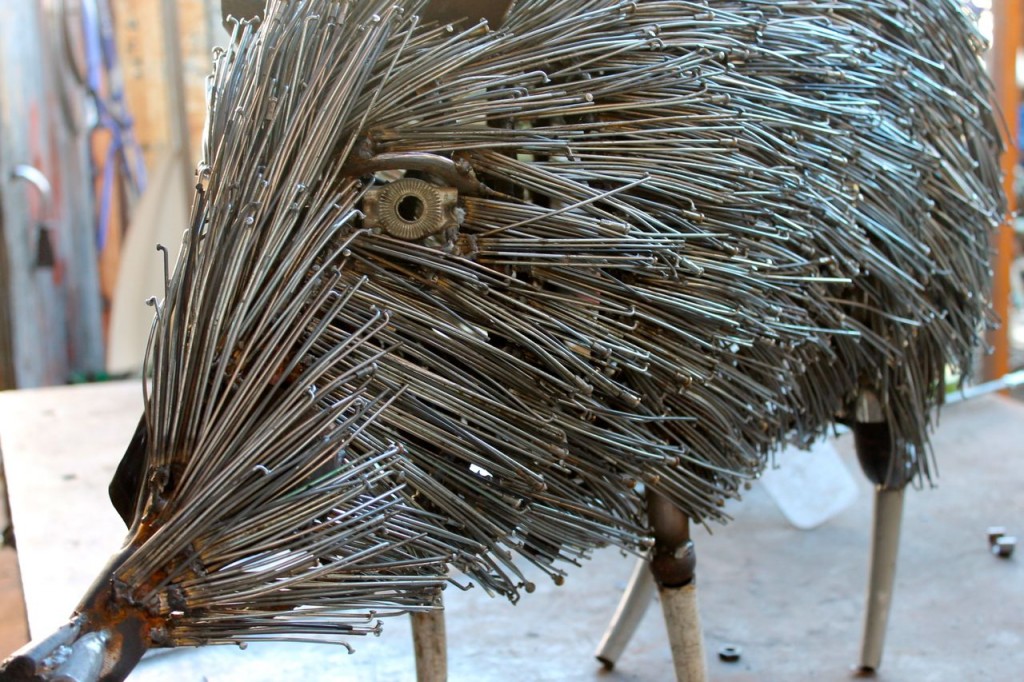


















![IMG_0452[1]](https://3storymagazine.com/wp-content/uploads/2012/11/IMG_045211-1024x682.jpg)

























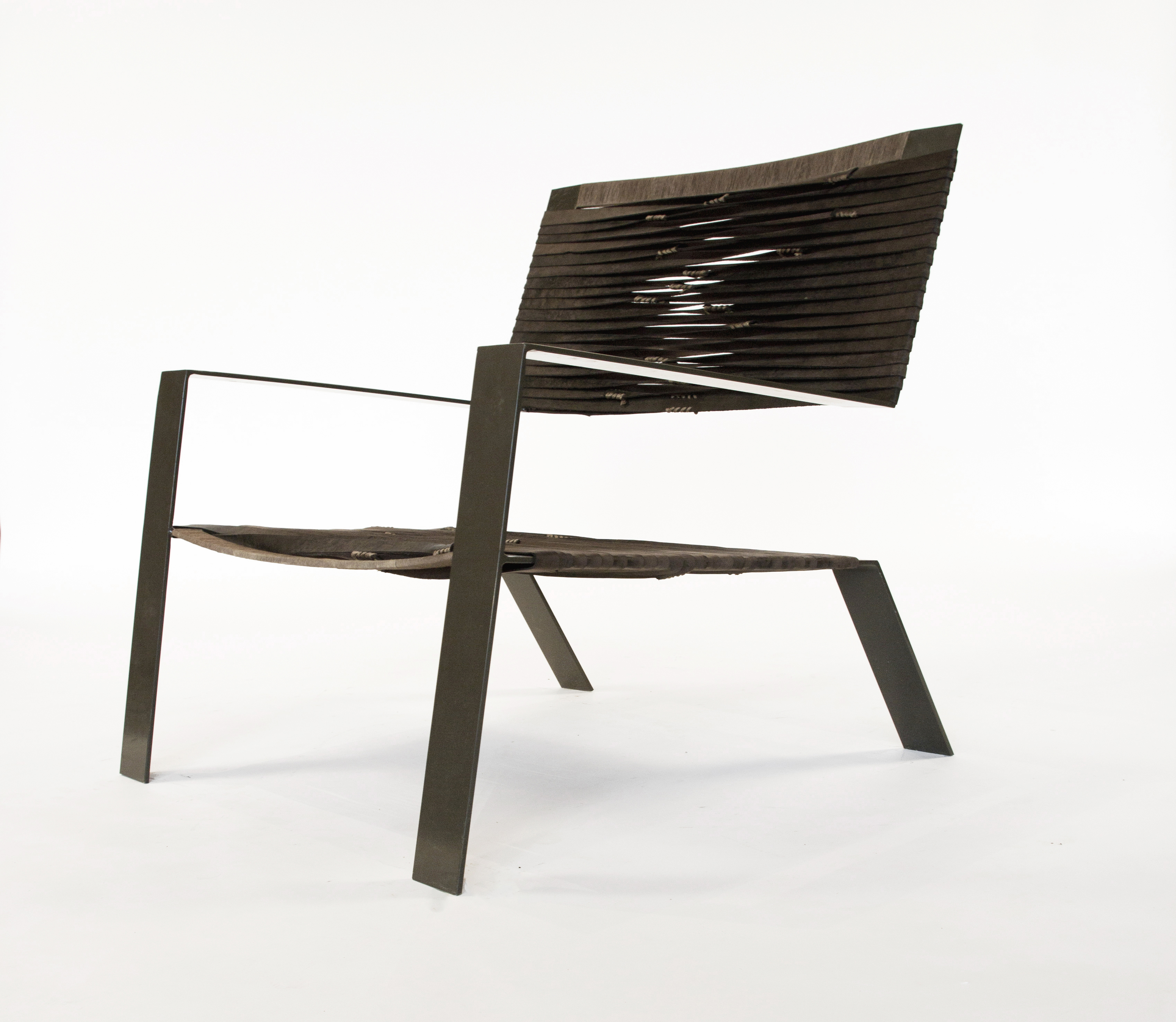




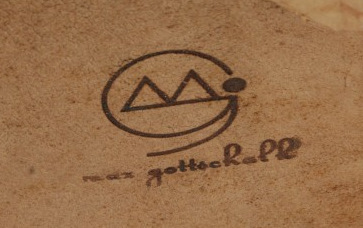
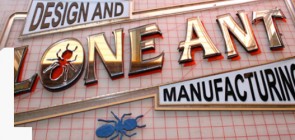

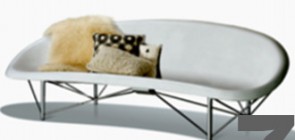
![IMG_1937[1]](https://3storymagazine.com/wp-content/uploads/2013/06/IMG_19371-295x140.jpg)
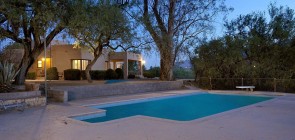
![IMG_1966[1]](https://3storymagazine.com/wp-content/uploads/2013/06/IMG_19661-295x140.jpg)
